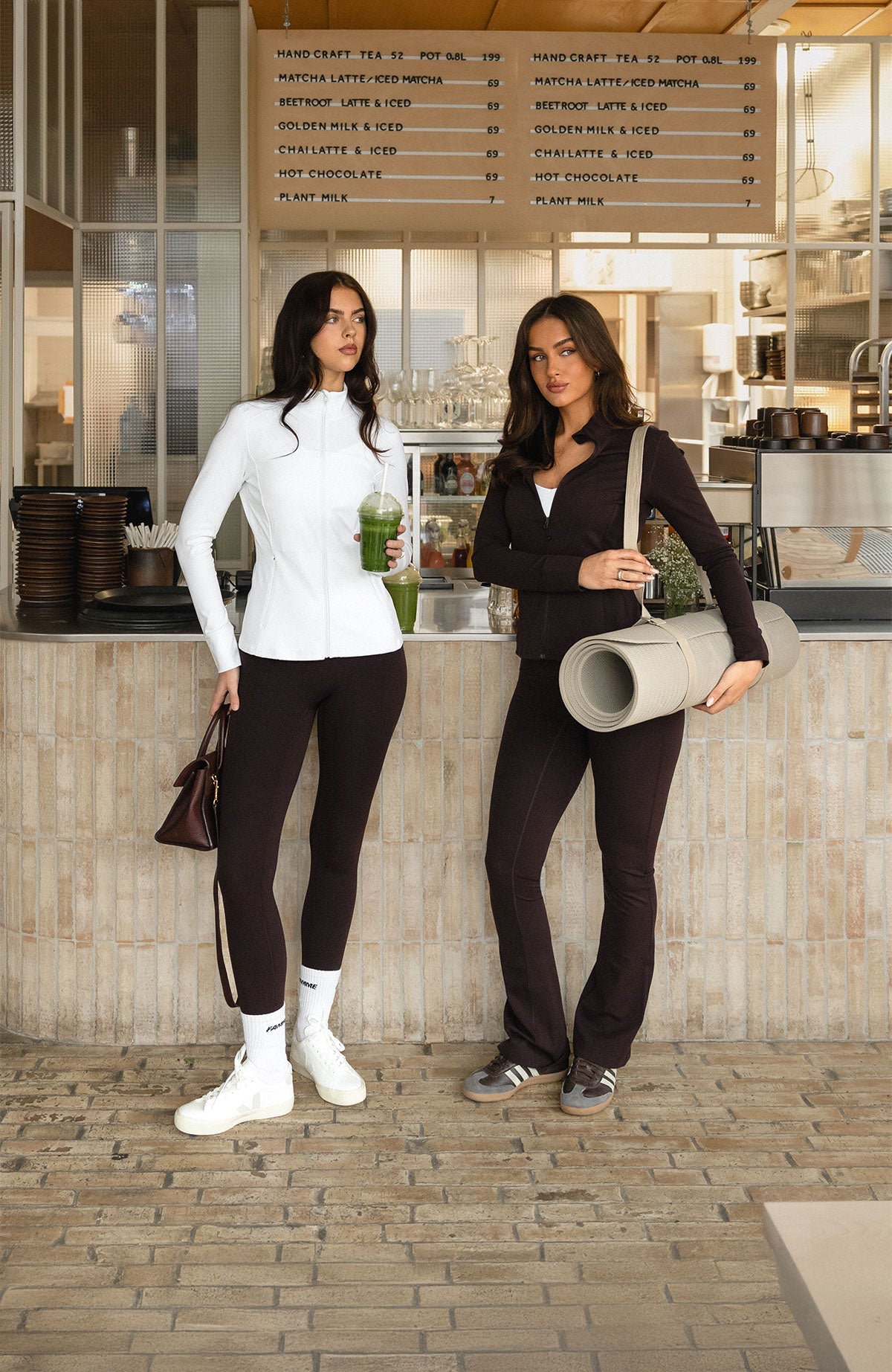Stiff leg deadlifts
Today we look at Rigid Deadlifts , an effective strength exercise that mainly trains the back of the thighs (hamstrings), gluteal muscles and lower back. This variation of the deadlift focuses especially on stretching and strengthening the back of the body, and also provides good balance and core training.
Correct Technique and Execution
Here is a step-by-step guide to the correct execution of the Rigid Deadlift:
- Starting position: Stand with your feet shoulder-width apart and hold a barbell in front of you with an overhand grip (hands just outside the shoulders). Keep a natural bend in your knees and pull your shoulders back.
- Lowering the weight: Keeping your back straight, push your hips back and let the weight move down the front of your thighs. The movement should primarily take place from the hips, while the legs are kept rigid with a slight bend in the knees.
- Movement: Lower the weight until you feel a good stretch in the back of the thigh, but without rounding the back. Keep the weight as close to the body as possible.
- Lifting the weight: Once you reach the bottom position, push your hips forward and lift the weight back to the starting position.
- Breathing technique: Breathe in when you lower the weight, and breathe out when you lift it back up.
Common Errors
To get maximum effect and avoid injury, avoid these common mistakes:
- Round back: Many people round their back when they lower the weight. Always keep a straight back to avoid overloading the lower back.
- Lowering too deep: Lowering the weight too far can cause the form to be broken. Go only so deep that you feel a stretch in the back of your thigh.
- Don't use your hips: This exercise should come from hip movement, not from squatting. Avoid bending your knees too much during the movement.
Modifications and Variants
Rigid Deadlift can be adapted to different levels and needs:
- For beginners: Start with lighter weights or perform the exercise with dumbbells for more control. This helps you master the technique before increasing the load.
- One-legged Stiff-Leg Deadlift: This variation, performed on one leg at a time, challenges stability and activates the core muscles extra.
- With dumbbells: Use dumbbells instead of a bar to increase your reach and challenge your balance.
For best effect, aim for 3 sets of 10-15 repetitions . Use a weight that is challenging but allows you to maintain correct technique throughout the set.
Breathing technique
Correct breathing technique contributes to stability and control in the exercise. Remember to inhale when you lower the weight, and exhale when you lift it back up. This creates a strong core musculature during the movement.
Visual Cues and Perspectives
Use a mirror or film yourself from different angles to ensure proper form:
- Side perspective: Here you can check that the back is kept straight and that the weight follows a straight line along the body.
- From the front: Check that the feet are placed shoulder width apart and that the movement is carried out smoothly.
- From behind: Be sure that the hips are pushed back correctly and that there is symmetry in the movement on both sides of the body.


